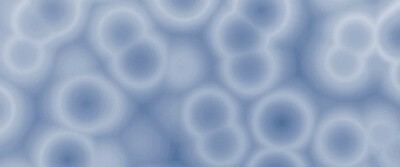Uncovering the Effects of Food Preservatives on the Gut Microbiome

By Kylie Wolfe
Food science researchers are taking a closer look at how common preservatives interact with our bodies on a molecular level. While most preservatives are believed to be non-toxic, much is left to learn about their impact on microbiome diversity.
A Digest of Recent Findings
Researchers led by David Sela, nutritional biologist at the University of Massachusetts at Amherst, recently studied the effects of common food additives like epsilon (ε)-polylysine on the gut microbiome of mice. The experiment involved a cohort of 40 males and 40 females, splitting each sex into four groups of ten. To serve as the control group, ten male and ten female mice were given a diet containing maltodextrin. The three experimental groups were fed a diet containing either maltodextrin and ε-polylysine, maltodextrin and pectin, or maltodextrin, ε-polylysine and pectin.
Over a 15-week period, scientists tested mouse fecal pellets from all four groups, recording data at baseline, five weeks and nine weeks. They found that ε-polylysine disturbed the microbiome diversity of the gut, while the presence of pectin mitigated this response. These preservatives are not dissolved or absorbed in the upper gastro-intestinal tract, leading researchers to believe that the resulting microbial interactions may occur there.
"The concentrations of gut microbes changed in response to polylysine as we fed the mice throughout the study. Surprisingly, the microbiome snapped back to the original concentrations despite continuous feeding of the polylysine, but we don't understand how or the potential relevance to health," said Sela.
Ultimately, the problem was able to resolve itself and the gut microbiome returned to normal conditions by the end of the study. These results indicate the presence of a dynamic microbiome that is able to adapt to additives in food.
In future studies, researchers plan to further explore this gap in scientific knowledge to uncover more information about these interactions and their possible health benefits. "We think this is going to be of interest to food manufacturers who use food-grade antimicrobial compounds and to people researching anti-microbial resistance,” says Sela.
Discussion Questions
- What are the pros and cons of food preservatives?
- What questions do scientists still need to answer to fill in the knowledge gaps about preservatives? Research and discuss.
- Activity: Which types of food contain preservatives and which do not? Have students bring in packaged food items to look for common additives on the lists of ingredients.
Vocabulary
- Control Group
- Experimental Group
- Baseline
- Preservative
- Microbiome